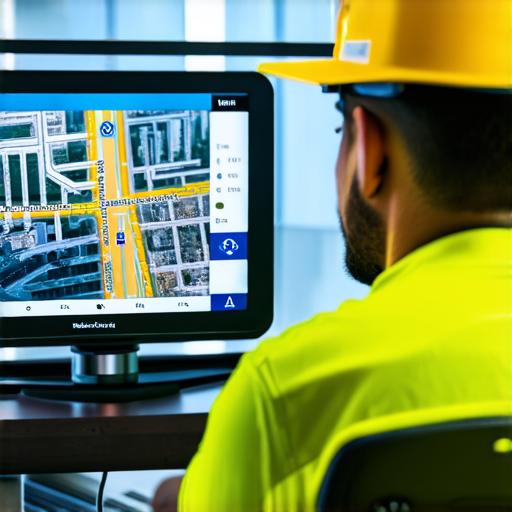
As a developer of augmented reality (AR) features, you might be curious about how your technology is being used in the real world. One such example is the Mercedes-Benz User Experience (MBUX) AR feature that’s integrated into the company’s latest vehicles.
What is MBUX Augmented Reality?
MBUX AR is an AR feature that uses the vehicle’s front camera to overlay digital information on top of the real world. This digital information includes a variety of different elements, such as turn-by-turn directions, traffic updates, and landmarks. The goal is to provide drivers with a seamless and intuitive navigation experience that doesn’t require them to take their eyes off the road.
MBUX AR works by projecting a digital image onto a transparent surface, such as a windshield or headlight. This image can be customized to suit individual preferences, with different styles and colors available for the AR display. The image is also adjustable in terms of size and position, allowing drivers to find the information they need quickly and easily.
Benefits of MBUX Augmented Reality for Navigation
The main benefit of MBUX AR for navigation is that it allows drivers to stay connected to their surroundings while still getting the information they need. By overlaying digital information onto the real world, MBUX AR can help drivers avoid getting lost, reduce the risk of accidents, and make driving more enjoyable overall.
MBUX AR also offers a range of other benefits for navigation. For example:
- It allows drivers to keep their eyes on the road while still receiving turn-by-turn directions.
- It provides real-time updates on traffic conditions, helping drivers avoid congested areas and find alternate routes.
- It allows drivers to customize the information displayed in the AR display, making it easier to find what they need quickly.
- It provides a more immersive navigation experience, with 3D landmarks and other visual elements overlaid on top of the real world.
Drawbacks of MBUX Augmented Reality for Navigation
While MBUX AR offers many benefits for navigation, it also has some drawbacks that you should be aware of. For example:
- It can be distracting if not used properly. Drivers need to be careful not to focus too much on the AR display and risk losing sight of the road.
- It requires a certain level of technical expertise to use effectively. Developers need to understand how to customize the AR display and ensure that it’s properly calibrated for each vehicle.
- It can be expensive to implement. MBUX AR requires specialized hardware and software, which can drive up the cost of vehicles.
Real-Life Examples of MBUX Augmented Reality in Action
To get a better sense of how MBUX AR works in practice, let’s look at some real-life examples.
Mercedes-Benz S-Class
The Mercedes-Benz S-Class is one of the company’s most popular models, and it also features an MBUX AR navigation system. The system allows drivers to receive turn-by-turn directions in a variety of different languages, with the option to customize the information displayed in the AR display.
Volkswagen Golf Mk8
The Volkswagen Golf Mk8 is another vehicle that features an MBUX AR navigation system. In this case, the system is integrated into the vehicle’s digital instrument cluster, providing drivers with a seamless and intuitive navigation experience.
BMW X7
The BMW X7 is a luxury SUV that also features an MBUX AR navigation system.
